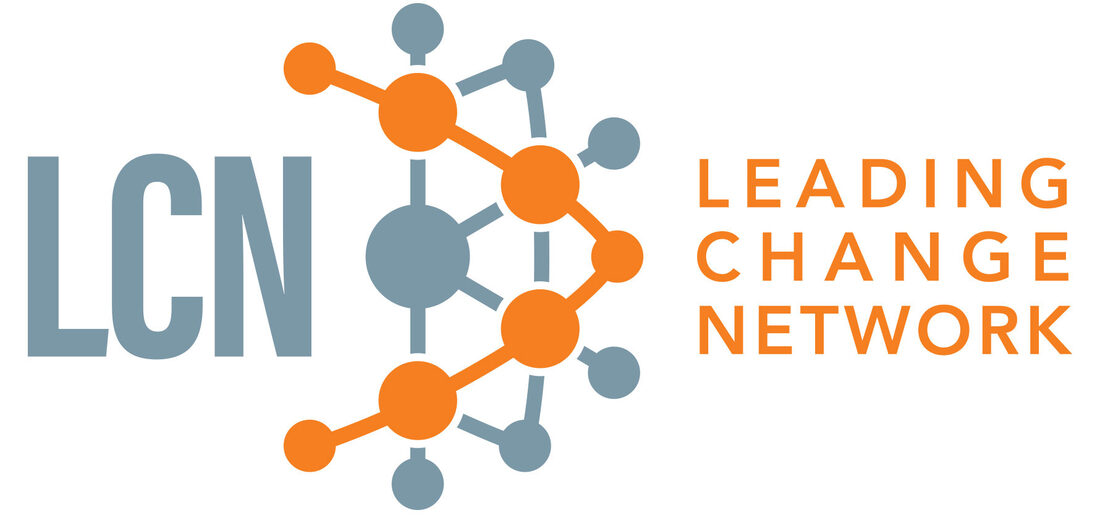|
Soooo, there’s a lot going on, locally and globally.
As one Twitter user noted: “hey sorry if I seem tired they did like fifty years worth of bad stuff in a week.” For us hopey changey folks, there have been some...setbacks lately. It can feel like we are banging our heads against a wall as we advocate for things we feel are obvious. On some level, that comes with the advocacy territory. It's a long game. But also, I can’t shake the feeling that a lot of our well-meaning messages poll well in our echo chambers but just aren’t landing with the folks we’re trying to persuade. My instinct here is that better stories are at least part of the solution - not necessarily slicker, more polished stories. But a more strategic use and understanding of them maybe. So, after some moping, I’m digging into a book I’ve had in my TBR pile for a few months: Story Or Die by Lisa Cron. Full disclosure, I’m only on chapter four. BUT Cron has already dropped some seriously good points and tips that I want to share. Because not to be dramatic or anything, but the stakes are really high in some of the fights we are in right now and we need to be putting our best foot forward.
0 Comments
It’s voting day here in Ontario. I heart democracy, and I take my privilege and responsibility to vote very seriously. Even with my love of democracy and my shiny optimism, it can be hard to get excited about elections where we watch politicians backed by wealthy donors ‘win’ a majority government with less than 50% of the vote. Especially when a number of those candidates that will likely be elected tonight avoided all public debates.
BUT. For my mental health, I'm not writing that rant today. In honour of the provincial election today, and in preparation for the municipal one we will have this fall, today’s post is a more positive democracy round-up: some history, some insights, and some inspiration. I finished Jordan Flaherty’s book No More Heroes: Grassroots Challenges to the Savior Mentailty this weekend. As I’ve mentioned before, I’m increasingly aware of saviourism in the non-profit sector, and so the title of this book grabbed my attention and I was quick to click the “add to cart” button.
While the specific stories and struggles Flaherty shares are mostly American and largely racial in nature, there was still a lot here that I found relevant. Importantly, some good takeaways for us on how to avoid falling into saviourism ourselves. For no particular reason at all, apropos of nothing in particular, a book called High Conflict: Why we get trapped and how we get out, by Amanda Ripley, caught my eye a few weeks ago.
Ripley distinguishes between healthy conflict and high conflict. Healthy conflict she describes as “useful friction” rooted in curiosity, passion, and where all sides want a solution. It can get stressful and heated, but everyone’s dignity stays intact. High conflict is something else altogether, when discord distills into a good-versus-evil, us-versus-them feud where curiosity is replaced with certainly and righteous rage. The fight is no longer about the original issue, it becomes about the conflict itself. And there seems to be little interest in moving through it to the other side. Sound familiar? Any number of local, national, and international examples may be popping into your head right now. The book is very illuminating with stacks of stories as examples. One of my biggest takeaways for us is the role of narrative in perpetuating or getting out of high conflict, and that’s what I want to share with you here. There is a lot going on in the world right now. Big problems and big feelings in our faces, all the time. But in the midst of it, if you look for them, are story after story of ordinary people using what they have and standing up to bullies. So what I'm sharing today is a collection of resources that have come to my attention over the last few months that could help equip you for whatever disruption you are cooking up, big or small. Because we need you!
Friends, I’m reading Mutual Aid by Dean Spade, and it’s shifting everything for me. I’m not exaggerating. I work with a number of non-profits, and I almost feel like I need to read this book once for each organization so I can focus on how it should be applied in each setting.
If you’ve been here very long at all, you know I’m paying attention to how we talk about our work as non-profits, and using a justice approach so we are doing social change, not just social service. But Spade is pushing me further in the how we organize for social change, and SOLIDARITY is my word for 2022. Because all the bits that make me uncomfortable about how we are working currently, like professionalizing taking care of each other, and the saviourism that creeps in, and not doing a good job of including people with lived experience, that all gets blown apart with Spade’s guidance in mutual aid projects and moving toward “solidarity over charity.” The author provides lots of practical advice on setting up mutual aid organizations, but for me, the biggest takeaways are around foundational values and messaging. Let’s back up. Happy New Year! Here we are, one year after I wrote and shared my New Year’s Revolution/40th Birthday Manifesto. Whether you’ve been following along since day one or if you’re brand new here, thanks for joining in on this conversation. We’ve been talking about taking a justice approach to our work and how we can better talk about the work of the non-profit sector, exploring some “alternate narratives” along the way.
Since most of the motivation for this Disrupt For Good project comes from books I’m reading, I thought it would make sense to do a round-up of the books that have influenced my thinking (and writing) the most in 2021. If you comment below by January 9, 2022 with your favourite post from 2021 and which book you’d most like to read from the list, your name will go in a draw for a chance to win that book! I don’t know what it’s like in your community, but here, non-profit agencies (mine included) are almost tripping over themselves to make it known that they are not duplicating services.
Duplicating services has become a dirty term somehow...but only when we are talking about poor people, of course. No one seems insulted by the number of grocery stores, gas stations, cafes, or cell phone providers. But we’re mortified to think that there might be multiple agencies providing coats to the homeless, or that people needing a warm meal might have options. The inefficiencies! Gasp! Questioning whether redundancy in the social sector is actually a problem is new for me in the last few months. It’s not a fully formed argument yet, but as a thought exercise, I believe it holds merit for us all so I wanted to invite you in. Three main points that I want to look at here: Some choice is good for clients. Some redundancy is good for service providers. And a bit of competition is good for all of us. It’s Living Wage Week! You know your girl is a big Living Wage champion, so this month’s rant will tackle a few of the most pervasive and harmful economy myths, especially those related to giving low-wage earners raises.
But first, let’s set the mood with a few words from our communications queen, Anat Shenker-Osorio: “After everything that has happened, how is it possible that conservatives still win debates about the economy? Time and time again the right wins over voters by claiming that their solutions are only common sense, even as their tired policies of budgetary sacrifice and corporate plunder both create and prolong economic disaster.” - the front book flap of Don’t Buy It, by Anat Shenker-Osorio. Ok. When I read that, my takeaway is that communication is key to this grand deception. Which means communication is--at least in part--our way out. Here we go. Housing affordability dominated the conversation during Canada’s recent federal election, with each major party putting forward policy ideas and funding promises in their platforms. In the Vote Housing campaign, we urged voters to prioritize housing when they filled in their ballots. But with multiple, varied promises from each party, we were admittedly asking voters to do a lot of analysis.
It's very easy to think you need to be a policy expert to engage in this housing affordability conversation, but I would like to suggest that even if you don't have all the answers, a few strategic questions can disrupt the status quo and send the message that we are paying attention. |
AuthorI'm Jennifer. I am an advocacy and communications strategist working with multiple charities and nonprofits. And I want to disrupt our sector for good. Archives
April 2024
Categories |

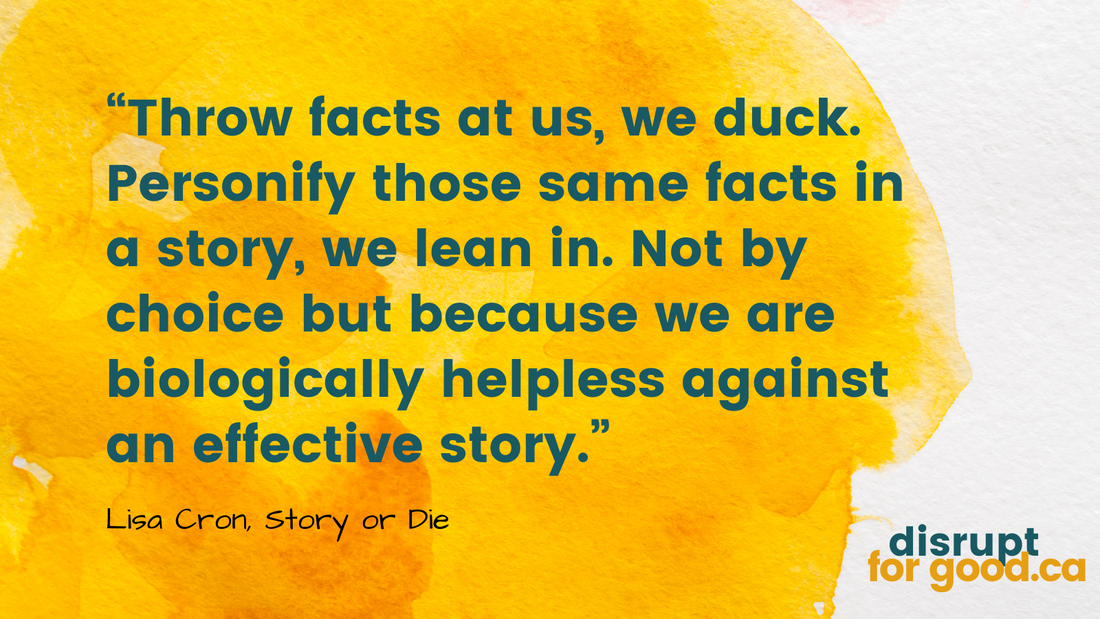
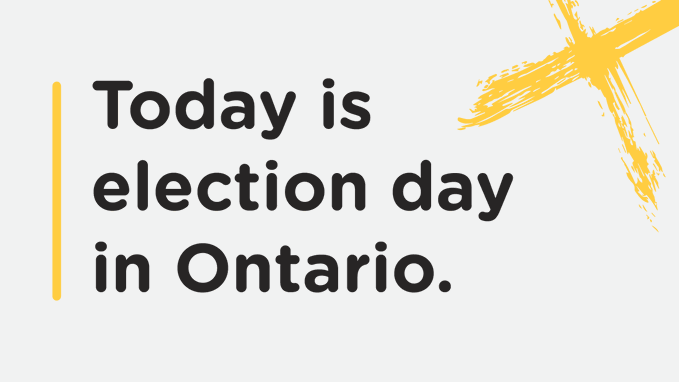
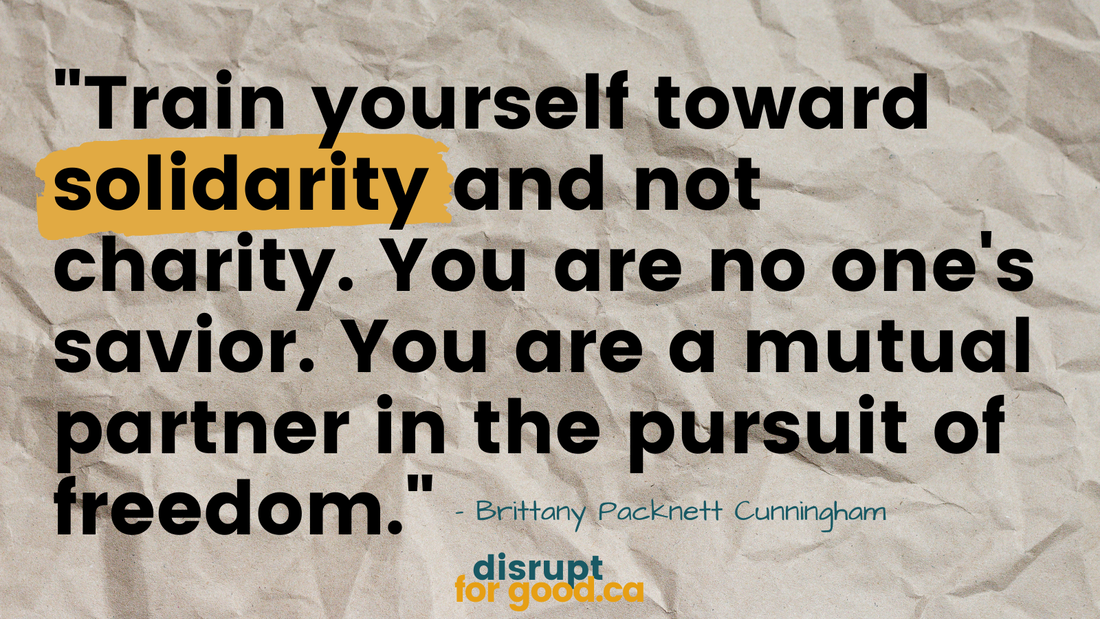
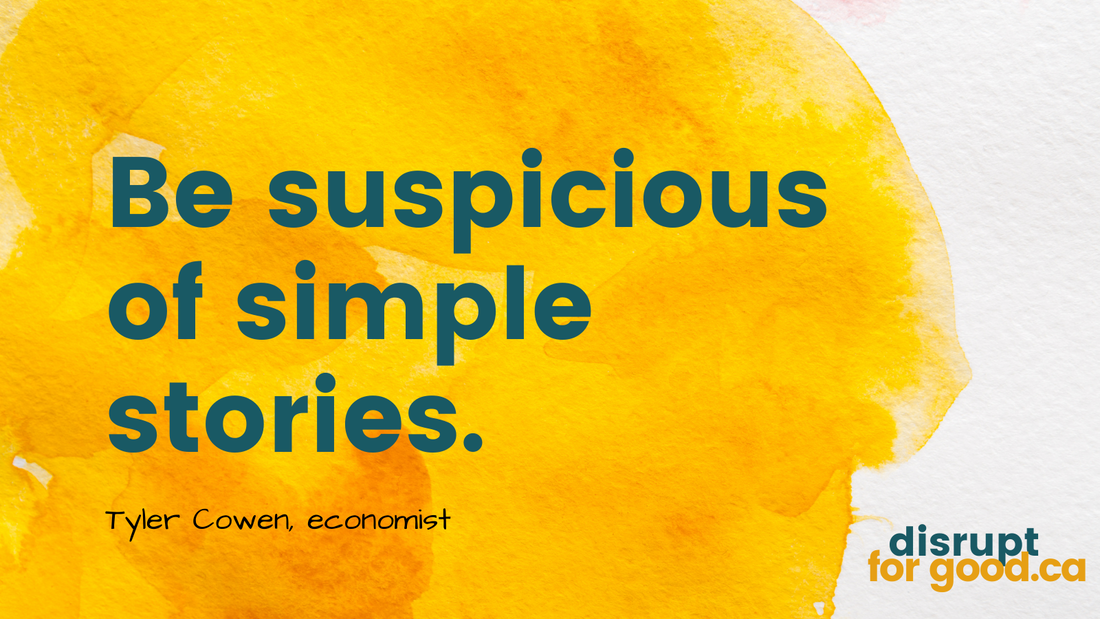

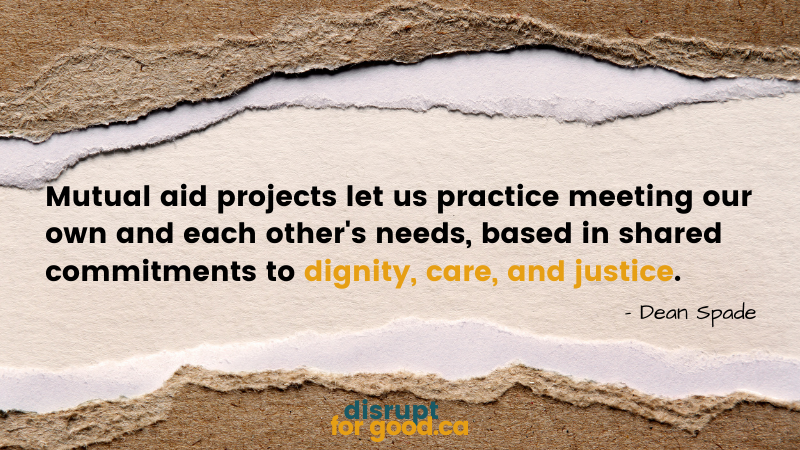
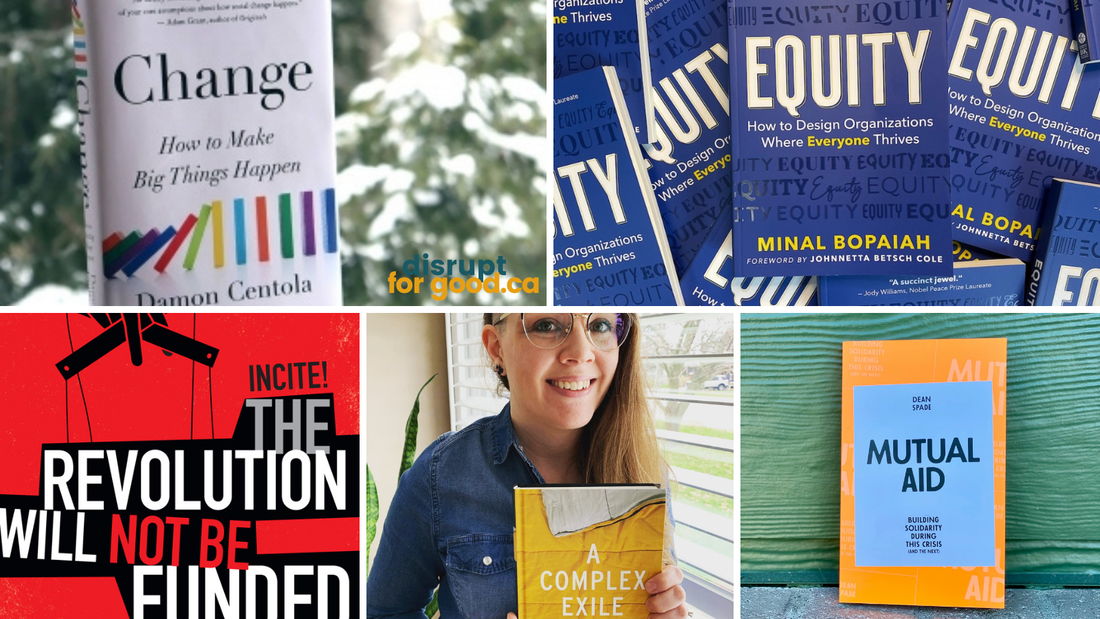
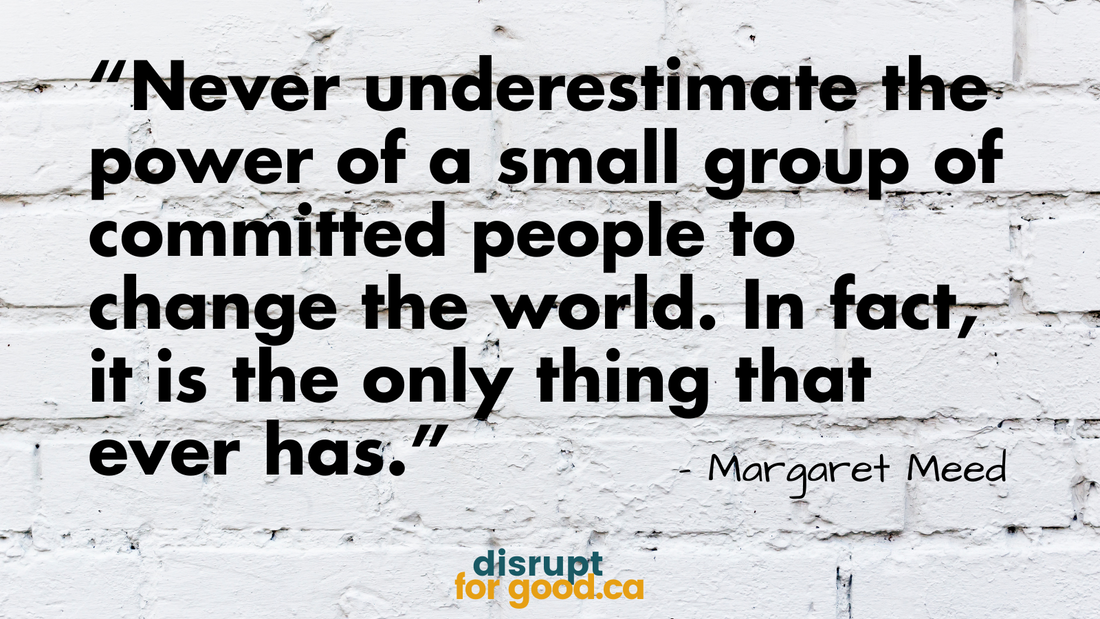
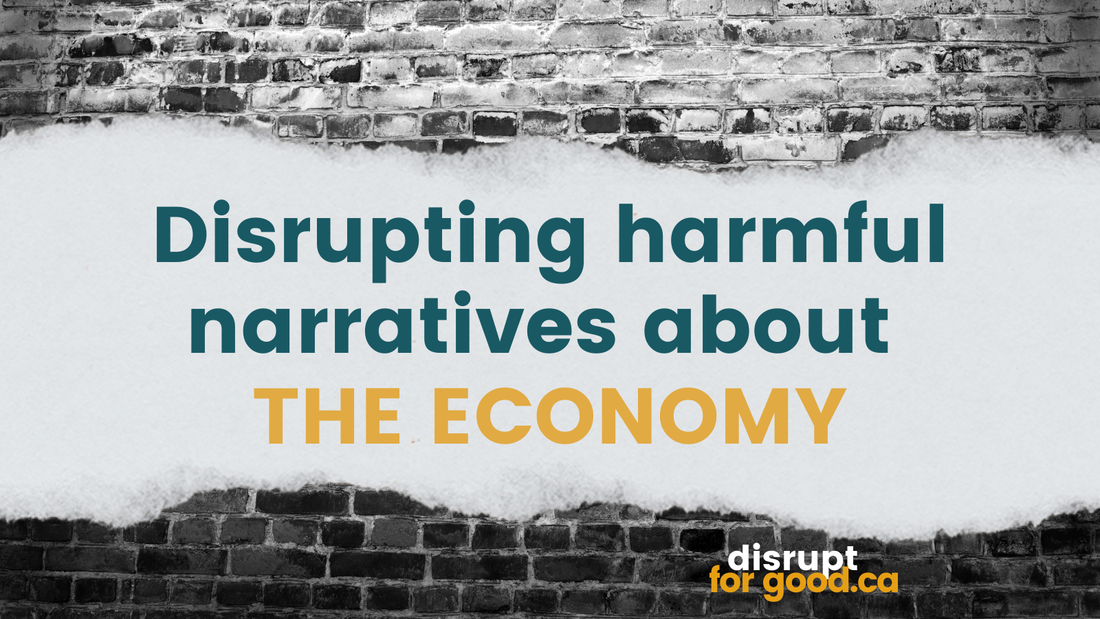

 RSS Feed
RSS Feed
